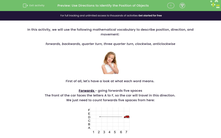In this activity, we will use the following mathematical vocabulary to describe position, direction, and movement:
forwards, backwards, quarter turn, three quarter turn, clockwise, anticlockwise

First of all, let's have a look at what each word means.
Forwards - going forwards five spaces
The front of the car faces the letters A to F, so the car will travel in this direction.
We just need to count forwards five spaces from here:

This is how the car will move.
To read the square that the car is now in, we follow each box along to the number and letter, like this:
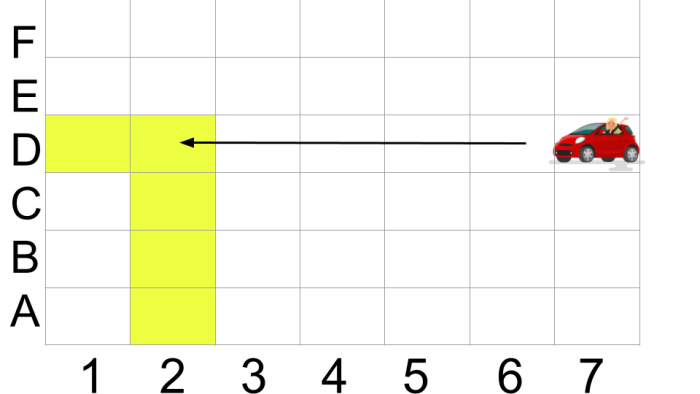
The car is now in box 2D.
Backwards - going backwards two spaces.
The front of the rocket faces the top, so the rocket will travel in the opposite direction to this so that it is going backwards.
We just need to count backwards two spaces from here:
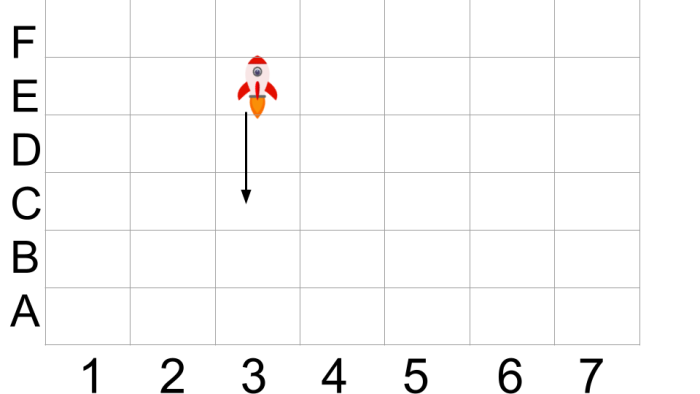
This is how the rocket will move.
The rocket will now be in square 3C.
Clockwise
The direction the hands move around a clock is the clockwise direction.
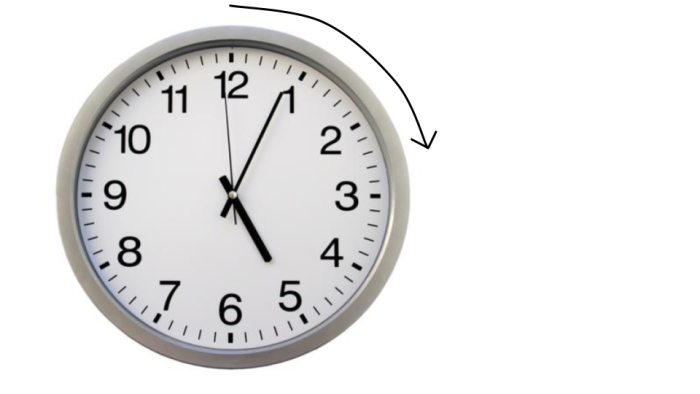
This arrow shows the direction that the hands move around the clock.
So, if a shape were to move clockwise, we could imagine it moving in the same direction that clocks hands move around.
This hippo has turned clockwise.
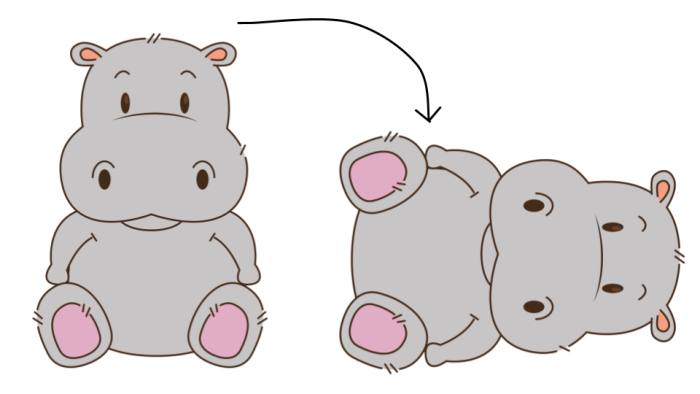
Anticlockwise
The direction the hands move around a clock is the clockwise direction.
The opposite direction is called anticlockwise.
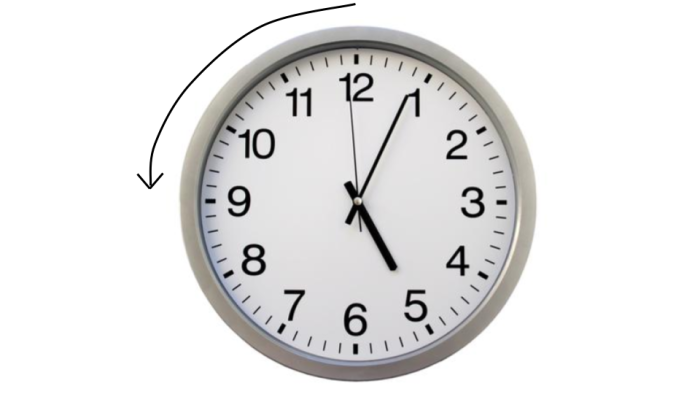
This arrow shows the direction that the hands move in the anticlockwise direction.
So, if a shape were to move anticlockwise, we could imagine it moving backwards around the clock.
This hippo has moved anticlockwise!

Quarter turn
Here, we have a circle.
Start at line A and follow the arrow round to line B. This is a quarter turn.

Can you see that it has covered a quarter of the circle?
Three quarter turn
Here, starting at line A and following around to line B we have three-quarters of a turn:
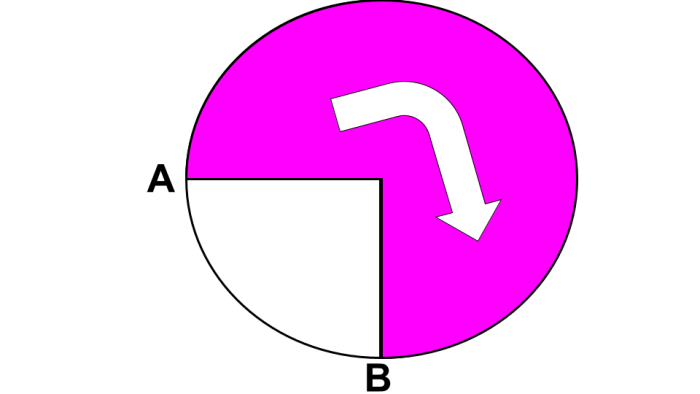
With all this information we can now have a go at tackling some of these questions.
Good luck!

